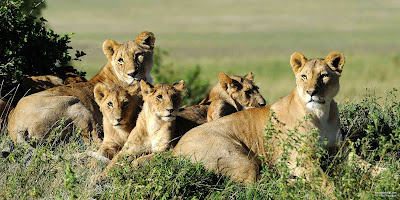Conflict, Water And Climate Change
.jpeg)
Water is essential for life. To start with, every person on the planet (about 8 billion of us) need drinking water to survive. Climate change, population growth and economic development are increasingly putting pressure on freshwater supply from which drinking water is obtained. Supplies are finite and climate change is changing the availability, access and quality of drinking water. Normally, a large portion of human society relies on rainfall which recharges lakes and rivers (surface water) and aquifers (groundwater), as well as glaciers and snow which provide water in hot months. Climate change has altered the entire water cycle. Higher temperatures mean more water is removed from the earth’s surface through evapotranspiration. A warmer atmosphere absorbs more water vapour while more moisture in the air increases its ability to hold heat and on and on it goes. When this vapour cools it distills as heavy and sudden rain. Lack of enough drinking water caused by droughts, heatwaves...
.jpeg)
